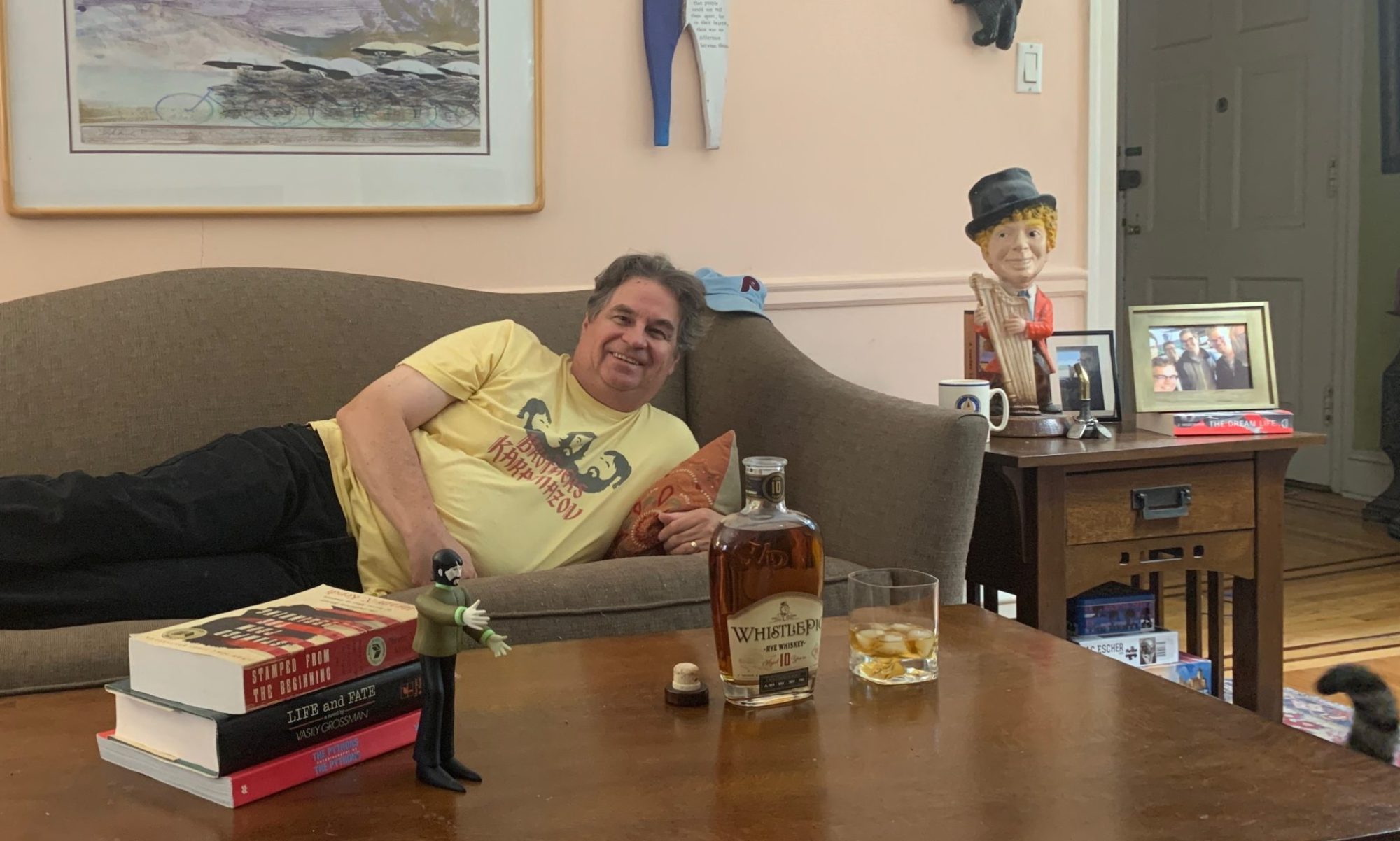It is March Madness time again. That annual bacchanal of basketball that never fails to provide moments of emotion and exhilaration, interspersed with boring blowouts and continuous commercials. It is a madness best enjoyed with others, as well as a ready supply of beer, so as to enhance the tense moments, and give you something to do during the inevitable, interminable, interludes of inactivity.
This year’s Madness is proceeding as expected. The first two days saw eleven games won by twenty points or more, eight games decided by five points or less and nine upsets (a higher seed beating a lower seed). None of the upsets was more exciting and unexpected than the 85-79 overtime win by the St. Peter’s Peacocks over the perennial powerhouse Kentucky Wildcats.

The moment that most caught my attention in the St. Peter’s game was not any miraculous shot, or clutch free-throw, but what happened immediately after the game. It was a moment that will not show up on any highlight reel, and was bypassed by the announcers, but which had more impact on me than the game itself.
The game was not decided until the last 30 seconds. It was only then that the outcome was assured. As the clock ticked down, the St. Peter’s players understandably were ready to explode, but their coach, Shaheen Holloway, would have none of it. As soon as the final horn sounded, he rushed onto the court, with a no-nonsense look on his face, to corral his players and get them in line for the post-game handshake.

I don’t know what was going through Holloway’s head at that moment. Maybe the NCAA had warned coaches about excessive on-court celebrations. Maybe he was concerned that his players would enact an old-fashioned pig pile and someone would get hurt. However, it looked to me like in this moment of triumph he wanted to make sure that his players did not rub salt, even unintentionally, in the understandably gaping wounds of the Kentucky players. It was a moment of class that warmed the cynical cockles of my heart.
This would usually be where I unleash my inner cranky old man and complain about a lack of sportsmanship generally, where every play, no matter how mundane, seems like an excuse to preen. Or, I could conflate sportsmanship with the toxic nature of social media. Better yet, I could use bad sportsmanship as a metaphor for the degraded nature of what passes for political discourse. But to do any of that would undermine Holloway’s gesture.
The problem is that positive news, or acts of kindness, do not grab us like the sordid and audacious. I am just as guilty as anyone in this. I spent the better part of four years indulging in every stupid, nasty, idiotic utterance of a certain politician, who shall remain nameless, until I realized that it was a soul sapping indulgence that led nowhere, and only fed the ego I was trying to belittle. Even after that realization hit me, I had trouble looking away.
The fact is that Holloway’s sportsmanship was not an isolated incident. For every insulting time out in a game already decided, there is a Nikki Hamblin and Abbey D’Agostino helping each other across the finish line after colliding during a race at the 2016 Olympics. For every doping scandal, there is the Florida Southern pitcher carrying an injured opponent around the bases after she hit a game winning home run against her. For every juvenile tantrum, there’s Paolo di Canio catching a pass during overtime of a Premier League soccer match to stop play and allow the opposing goalkeeper to receive treatment for a knee injury.



The truth of the matter is that these acts of kindness go on all the time, but are generally glossed over. Leave it to David Bryne to recognize this and do something about it. Bryne started “Reasons to Be Cheerful” (admittedly not a great name), which publicizes stories of progressive governmental action, positive activism, and grassroots problem-solving, through a website, social media posts and other, larger projects. This venture seeks to “balance a sense of healthy optimism with journalistic rigor, and find cause for hope”.

Reasons to be Cheerful is not a chimerical enterprise. It doesn’t shy away from the issues we face, or the divisions we all perceive. It just seeks to make sure that we know there is more to the story. We are not going to get that from the media, social or otherwise, unless it’s shoehorned in between narratives of violence and chicanery. It’s a balance that we badly need just to maintain our sanity in an insane world.
Some of the recent Reasons posts include a report on an Oregon county using human waste to generate renewable green energy, restaurants in Kentucky forming a co-op to avoid delivery service mark-ups, and the institution of “Umuganda” in Rwanda (yes, that Rwanda), whereby on the last Saturday of every month thousands of Rwandans undertake community improvement projects. None of these, or the other stories Reasons publishes, are earth shattering, but they help to dispel the notion that the world is irredeemably rotten.



Allowing the positive to filter through does not mean that we should ignore the depth of the world’s problems, or the impediments to meaningful change. But a failure to acknowledge that people and institutions are looking for solutions, even if they are local and limited, or taking into account the feelings of others, as Coach Holloway did, avoids the despair which a steady diet of mainstream media can engender. There still is hope in this world, if we are willing to recognize it.
*Barry Hannah (full quote “Bursts of Kindness in improbable times; the warm in dire straits”)





























